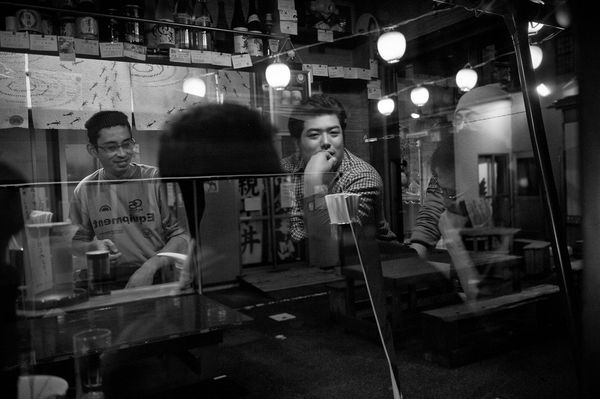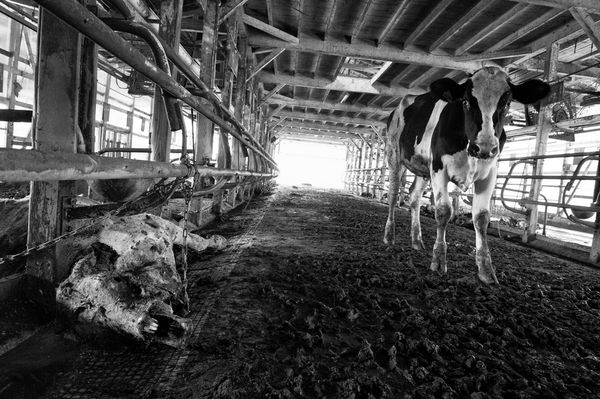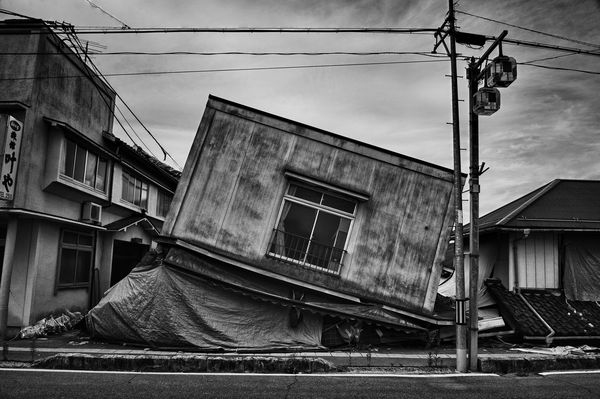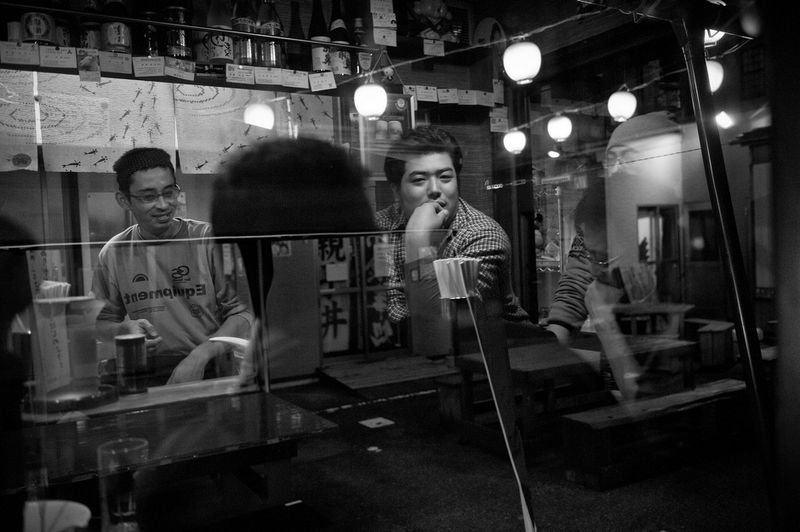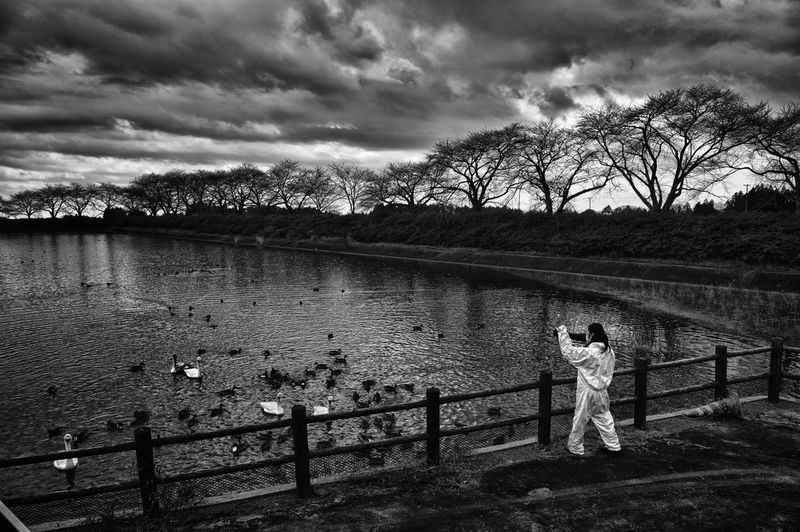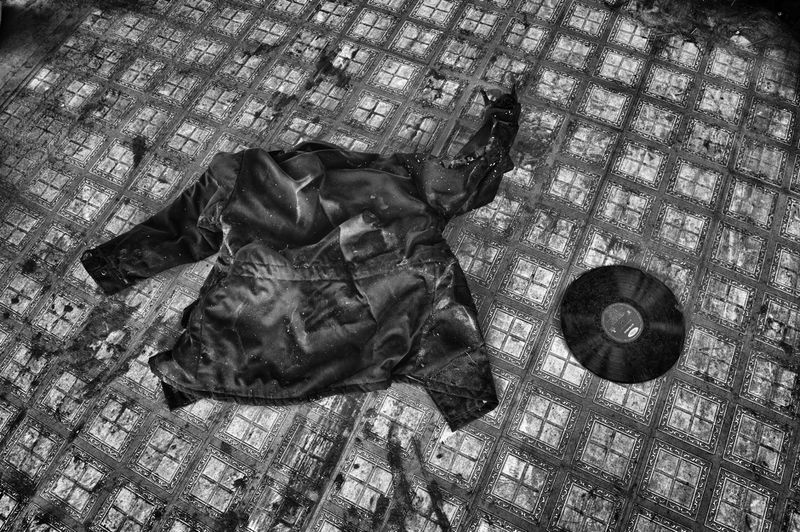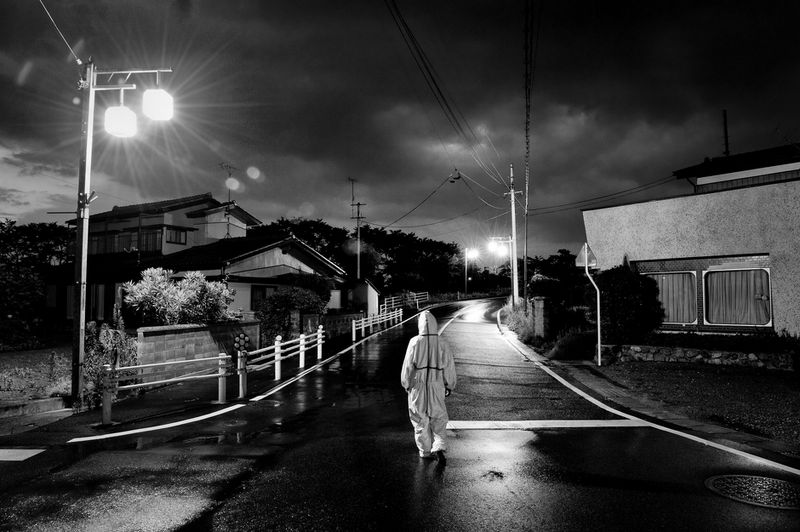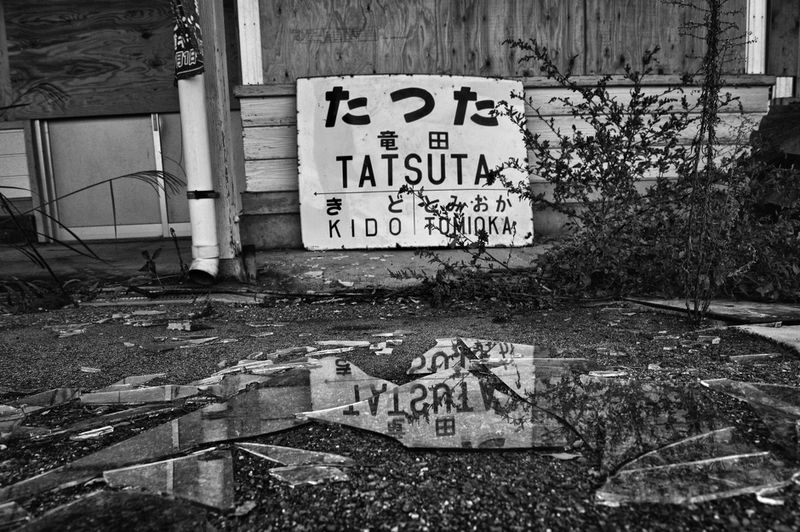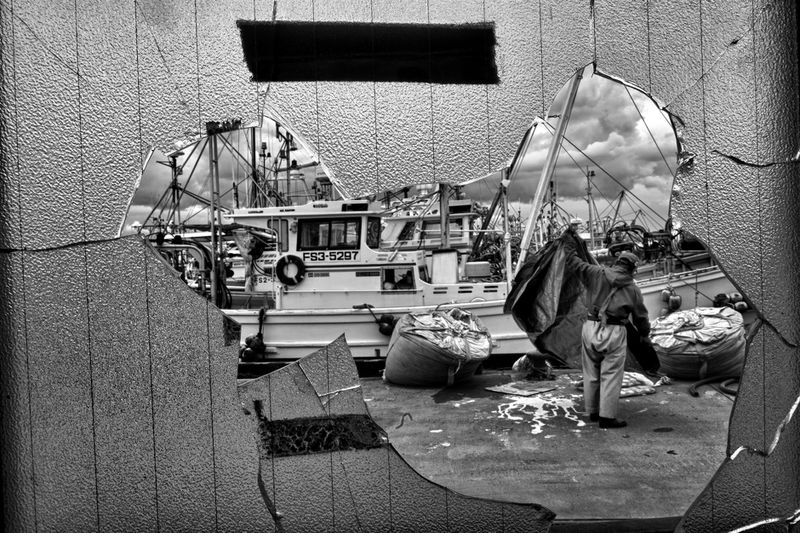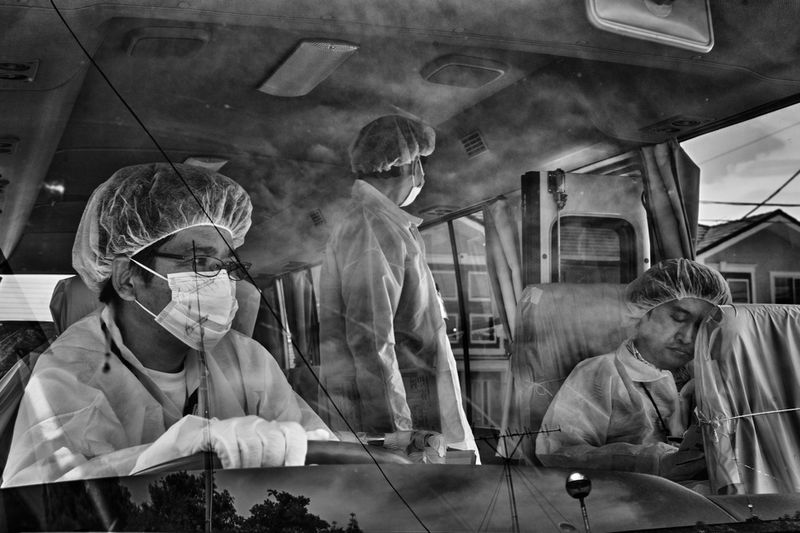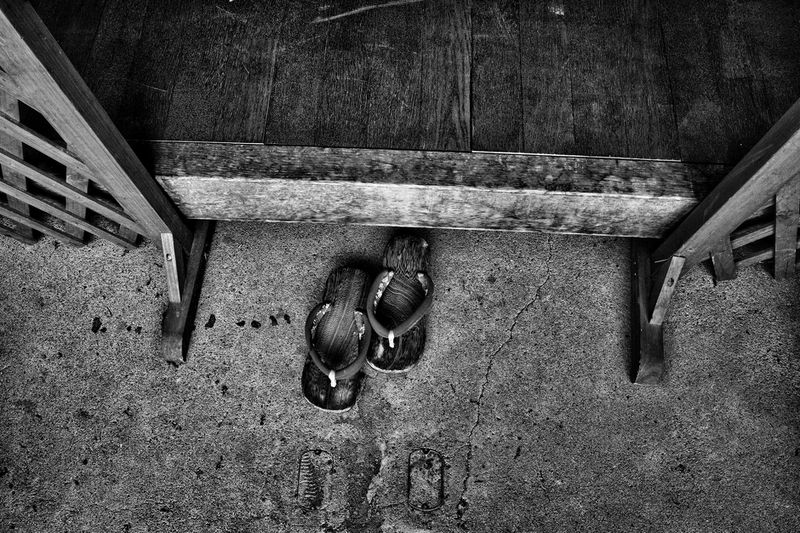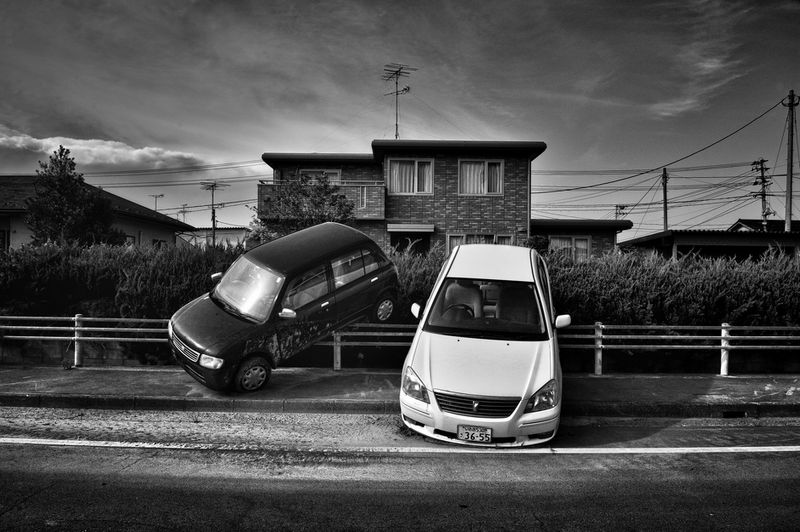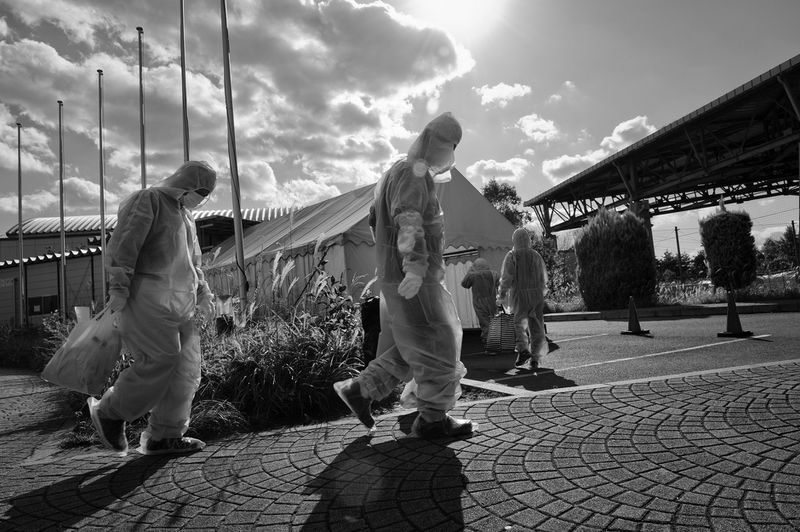Fukushima No-Go Zone
-
Dates2011 - 2012
-
Author
I followed the Fukushima nuclear accident from the beginning till now, covering almost two years of the story.
I followed the Fukushima nuclear accident from the beginning till now, covering almost two years of the story. And here there is my story.
On march 11, 2011 one of the worst earthquake and Tsunami hit Japan and Fukushima Daiichi nuclear power plant, damaging its safety and cooling systems. In a few days the core of the nuclear power plants number 1,2,3 started melting down with the release on air and on the ocean of massive amount of radioactive radionuclides.
The Japanese government created an evacuated area of 20 km around the nuclear power plant of Fukushima Daiichi. From 20th April the Japanese government refused the admittance to the “No-Go Zone” to everyone, especially to journalists and photographers.
Inside the exclusion zone the contamination has a “leopard skin” distribution, as well as outside, where there are places heavily contaminated up to 60 kilometers from the plant, including parts of the cities of Fukushima and Koriyama. And in this area 2 million people live at risk of future disease caused by continuous exposure to low doses of radiation through inhalation and ingestion of radioactive particles.
Inside the exclusion zone empties cities are waiting for us, only some abandoned dogs are wandering, on desperate conditions, on the streets. At the time of the evacuation all the animals were abandoned. You could encounter some of cows enjoying total if ephemeral freedom after wandering away from farms. But most disgusting of all are the decomposing carcasses of hundreds of cows left unattended on farms. During the night several animal activists enter illegally inside the Exclusion Zone to rescue pets and other animals.
Most of the houses are locked, convenience stores full of goods, but some have been robbed. Stalkers started to rob inside the No-Go Zone, spreading radioactivity all around Japan. Many people, most of them elderly, are still hiding out inside the zone. One time per month residents could go back to their houses to rescue their personal things. They wander in their houses, shocked among their memories, memories lost forever.
Despite the massive contamination, life is still going on in the "No-Go Zone" and in that sort of "nuclear limbo" that stretches for 40 kilometers outside the exclusion zone, where people do not know whether to stay and learn to live with radiation, or go away forever.
The story is still ongoing and we will not know soon the real consequences of the second worst nuclear disaster ever happened.
